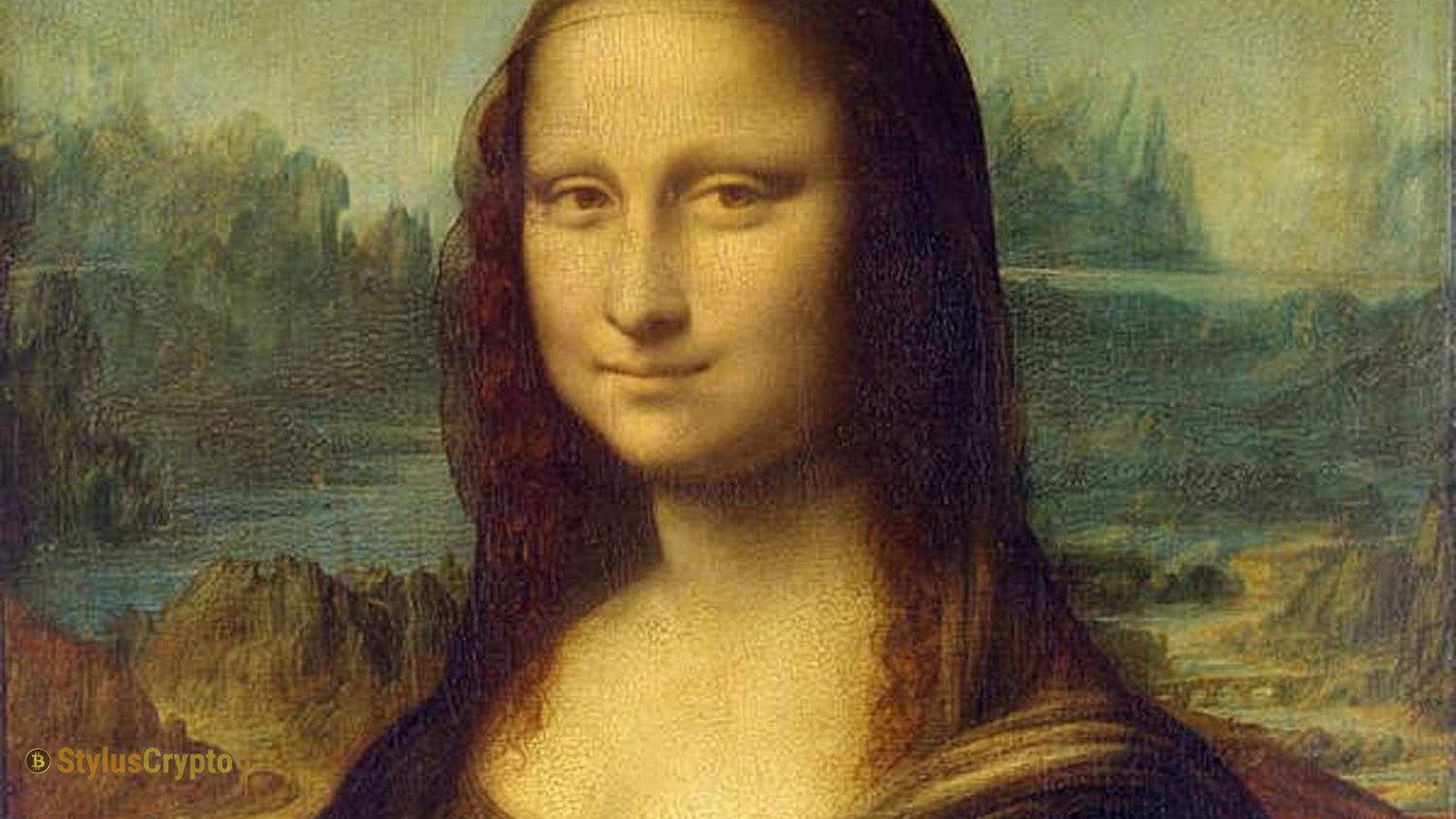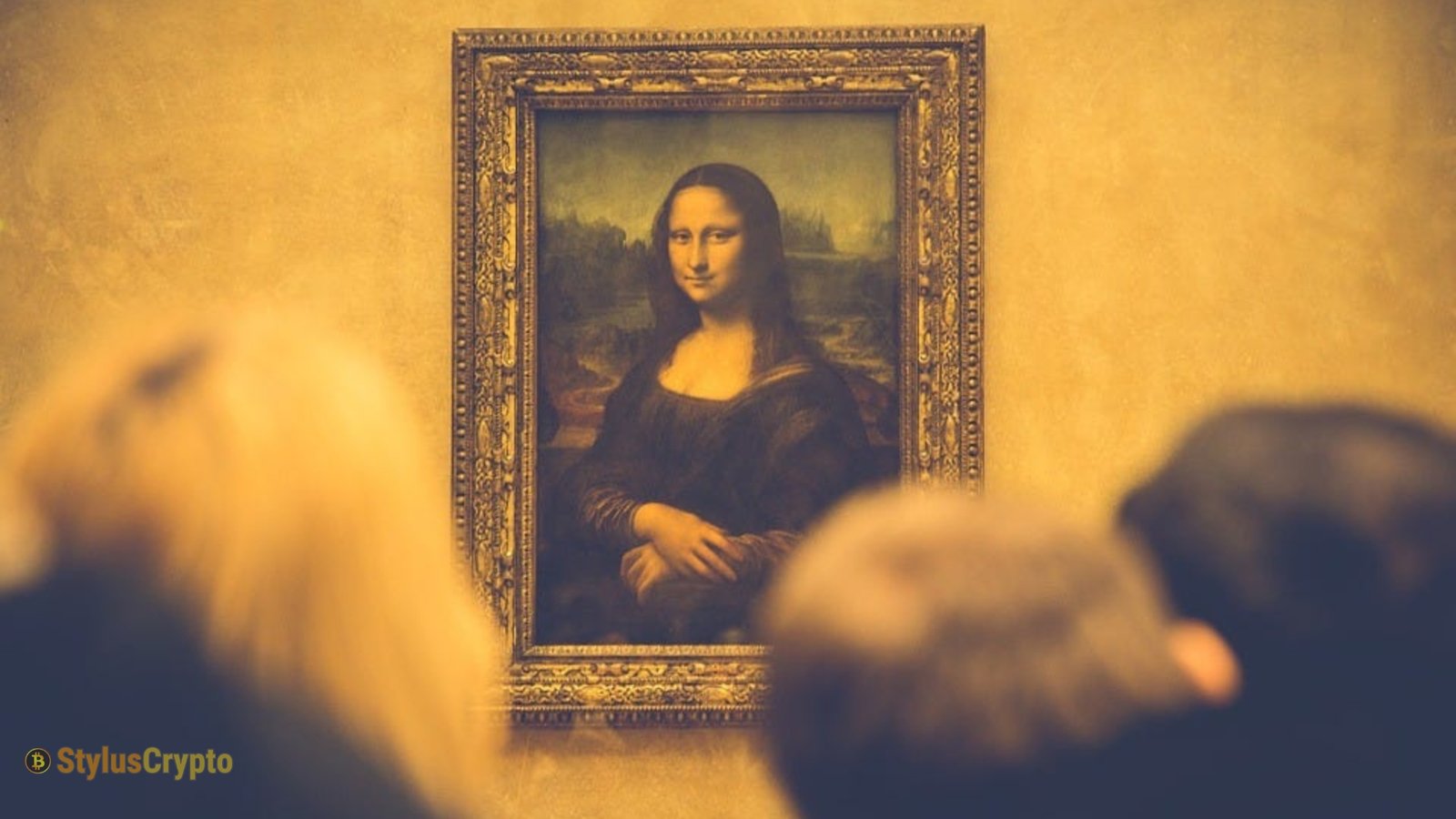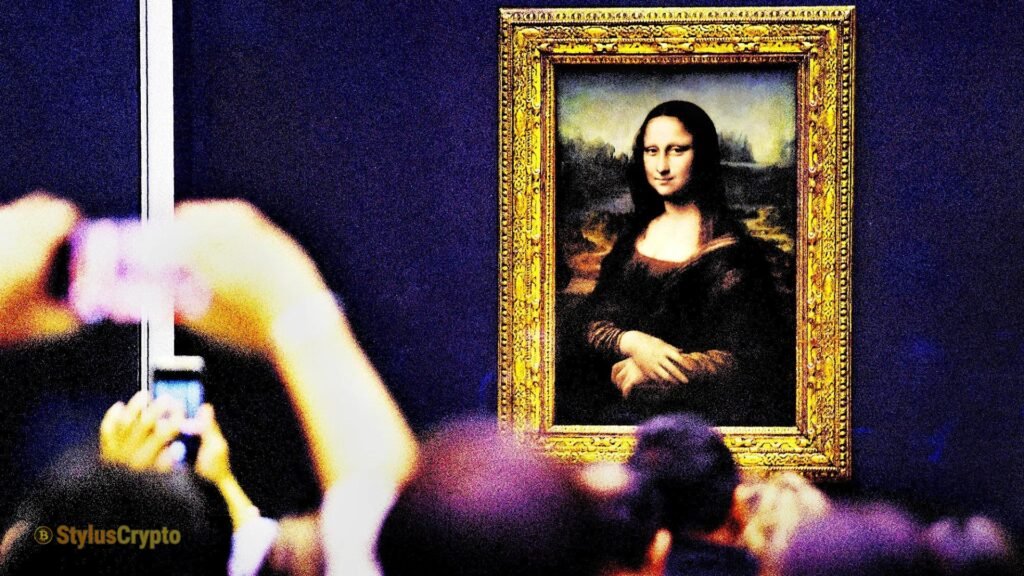Mona Lisa NFT: The digital art and blockchain technology world has been revolutionized in recent years by the emergence of Non-Fungible Tokens (NFTs). These digital assets have brought a new layer of authenticity, ownership, and value to the digital world. As traditional and digital art converge, the iconic Mona Lisa has found its way into the NFT space, creating a buzz that blends the past and the future. This article explores the concept of a “Mona Lisa NFT,” its implications for the art world, and how it reflects broader trends in the intersection of art and technology.
The Rise of NFTs and Their Impact on Art
NFTs are unique digital assets that use blockchain technology to verify ownership and authenticity. Unlike cryptocurrencies such as Bitcoin or Ethereum, which are fungible (i.e., one Bitcoin is the same as another), NFTs are non-fungible, meaning each token is unique. This uniqueness has made NFTs particularly appealing to the art world, where originality and ownership are crucial.
The NFT market has become popular, with artists, collectors, and investors flocking to this new medium. Digital artworks, music, virtual real estate, and tweets have been sold as NFTs for staggering sums of money. This surge has sparked debates about the nature of art, its value, and the role of technology in creative expression.
Mona Lisa: The Quintessential Masterpiece
Leonardo da Vinci’s Mona Lisa, housed in the Louvre Museum in Paris, is arguably the most famous painting in the world. Painted in the early 16th century, it is renowned for its exquisite detail, enigmatic expression, and historical significance. Over the centuries, the painting has been the subject of countless interpretations, reproductions, and adaptations, making it a cultural icon.
Given the Mona Lisa’s status as a symbol of artistic genius and its immense cultural value, it is no surprise that the idea of a Mona Lisa NFT has emerged. But what does creating an NFT of such a universally recognized work of art mean?
The Mona Lisa NFT: Conceptual and Practical Implications
Creating an NFT of the Mona Lisa raises several important questions. Firstly, what exactly would a Mona Lisa NFT represent? Unlike digital art, which was created and exists solely in digital form, the Mona Lisa is a physical painting. Therefore, an NFT of the Mona Lisa would not represent the actual physical painting but rather a digital representation or interpretation.
This raises questions about the authenticity and value of the Mona Lisa NFT. Would it be a simple digital reproduction, or could it be something more? Some artists and technologists have proposed creating NFTs incorporating augmented reality (AR), allowing viewers to experience the Mona Lisa in new and interactive ways. Others have suggested that a Mona Lisa NFT could be a digital artwork inspired by the original, offering a contemporary reinterpretation of the classic painting.
The value of the Mona Lisa NFT would also be a point of contention. The original Mona Lisa is priceless, insured for hundreds of millions of dollars, and regarded as an irreplaceable cultural treasure. In contrast, the value of an NFT is determined by market demand, rarity, and the perceived value of the digital asset. While a Mona Lisa NFT could potentially fetch a high price, it would not hold the same intrinsic value as the original painting.
The Legal and Ethical Dimensions
Creating and selling a Mona Lisa NFT would also involve significant legal and ethical considerations. The Mona Lisa is a public domain work, meaning that it is no longer under copyright protection, and anyone can reproduce it. However, the Louvre Museum, as the custodian of the original painting, may have certain rights or interests in any digital reproduction or interpretation.
There is also the question of whether creating a Mona Lisa NFT would be ethically appropriate. Some critics argue that turning a revered masterpiece into an NFT could be seen as a commercialization of culture, reducing a symbol of artistic achievement to a mere commodity. Others believe that NFTs represent a new frontier for art, offering opportunities for creative expression and democratizing access to art in the digital age.
Cultural Impact and Future Prospects
The concept of a Mona Lisa NFT reflects broader cultural and technological trends. As the digital and physical worlds increasingly intersect, traditional and digital art boundaries are becoming blurred. In the digital age, NFTs represent a new way of thinking about ownership, value, and creativity.
A Mona Lisa NFT would attract significant attention from the art world and the general public. It could spark new conversations about the role of technology in preserving and reinterpreting cultural heritage. Additionally, it could inspire other museums and institutions to explore the potential of NFTs as a way to engage with new audiences and generate revenue.
The future of the Mona Lisa NFT, and NFTs in general, is still uncertain. The NFT market has experienced volatility, with prices for some digital assets skyrocketing and then plummeting. However, the underlying technology and the cultural shift it represents will likely have a lasting impact on the art world.
Conclusion
The Mona Lisa NFT idea is intriguing and controversial, highlighting the complex relationship between art, technology, and culture. While it is unlikely that an NFT could ever replace the original Mona Lisa in terms of historical and cultural significance, it represents a new way of engaging with and interpreting one of the world’s most famous works of art. As the NFT space continues to evolve, the Mona Lisa NFT could symbolize the ongoing dialogue between tradition and innovation in the art world.
Whether embraced as a groundbreaking innovation or criticized as a commodification of culture, the Mona Lisa NFT embodies the challenges and opportunities of the digital age. It invites us to reconsider what art means in a world where the boundaries between the physical and digital are increasingly blurred and where ownership and authenticity take on new forms.

